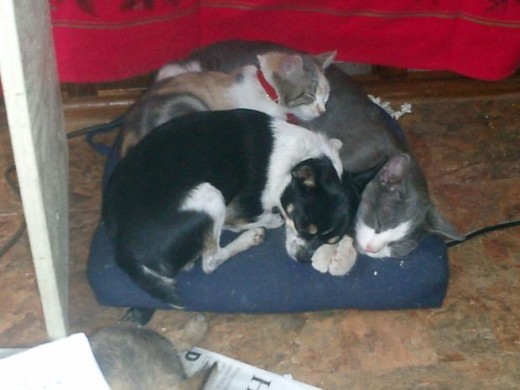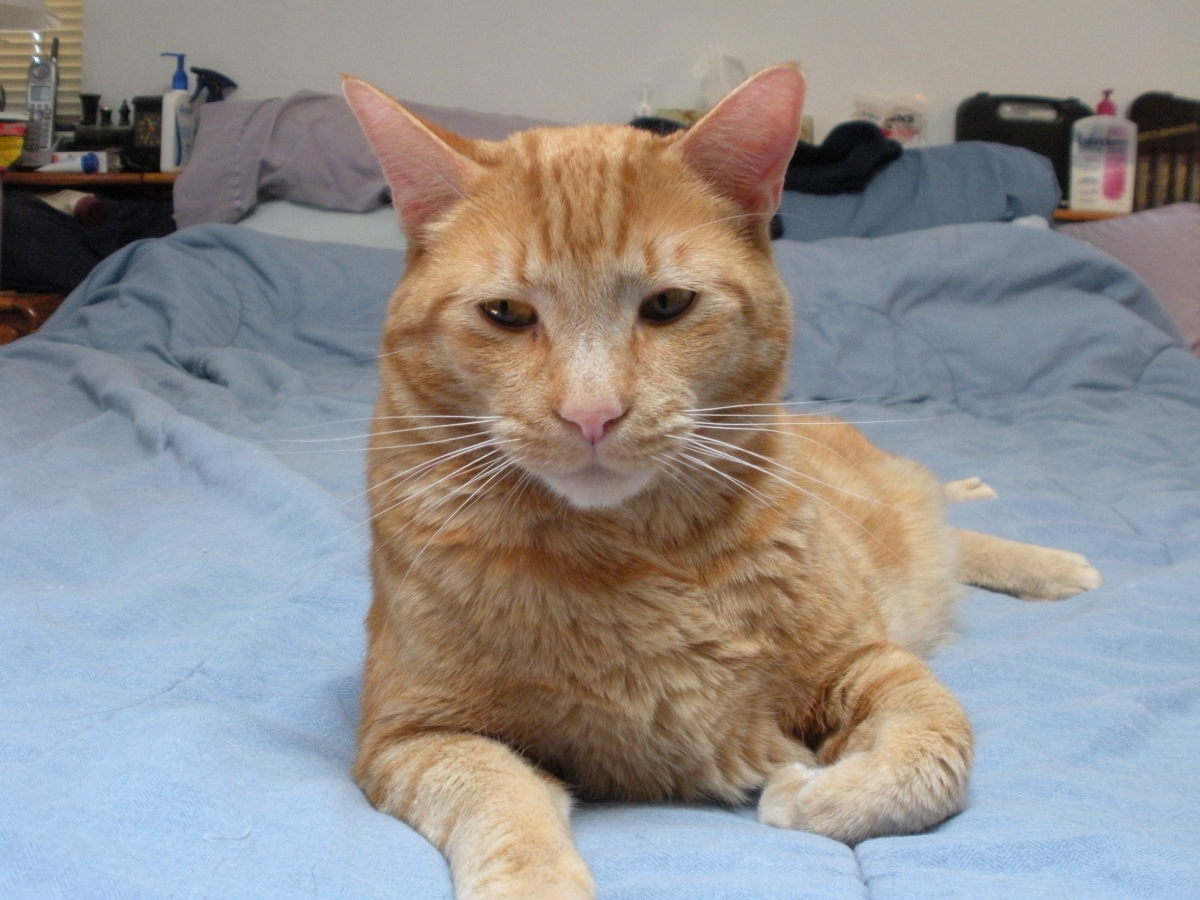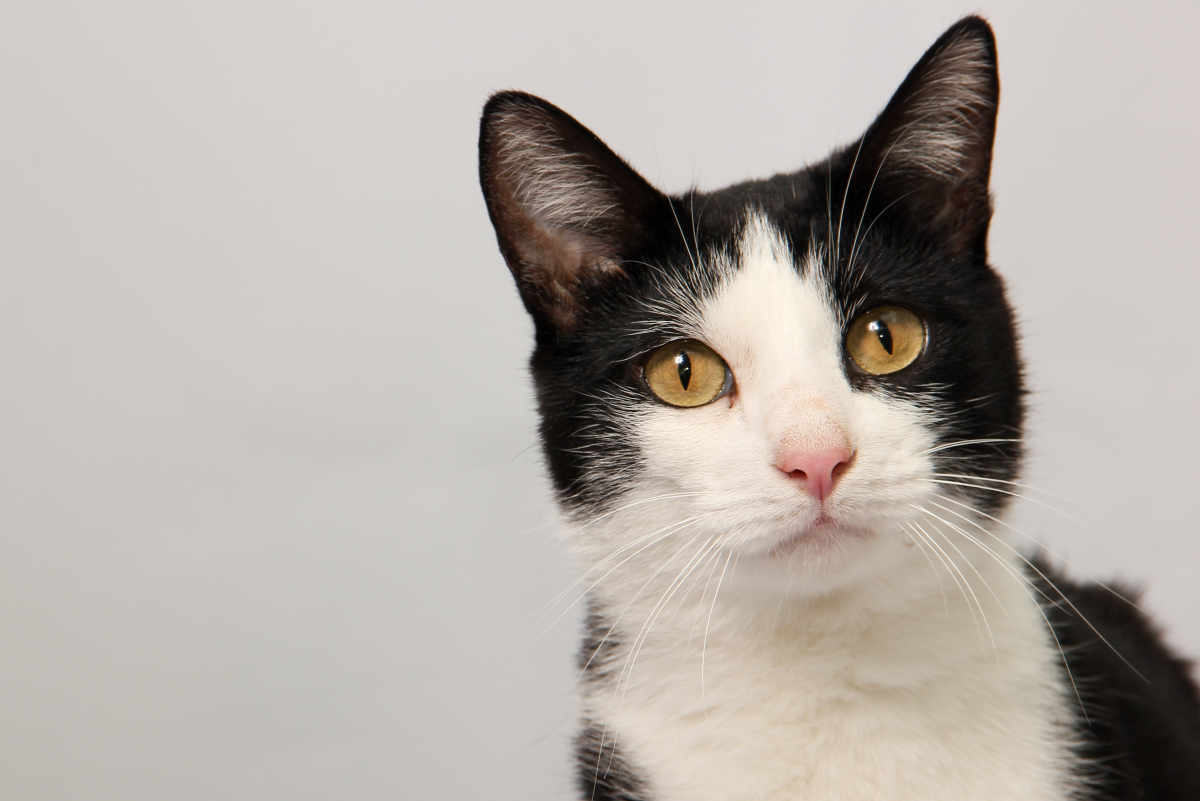Declawing a Cat: Should You Do It?
What are the pros and cons of declawing a cat? Declawing has been banned in many countries as being inhumane; most animal welfare groups are against declawing. But some pet owners see declawing as the only way to be able to keep their cat. So, what is the right thing to do? Be sure to seek your vet's guidance and consider other alternatives to declawing before making the decision.

Recommended Reading
What's Involved When Declawing a Cat
Declawing is a major surgery. To remove the cats claws, a portion of each of the cat's toes must be removed along with the claw. Most veterinarians use a type of guillotine-like tool, which cuts through the toe joint at the first knuckle, thus removing the third toe bone. Right underneath that knuckle is a pad, some of which is removed as well. It is like cutting off the tips of your fingers. Occasionally you may find a vet who offers cosmetic declawing. This declawing takes out a smaller piece of the bone and spares the pad. It's a complex surgery, and is time-consuming to perform. Most vets are unable to perform this type of surgery.
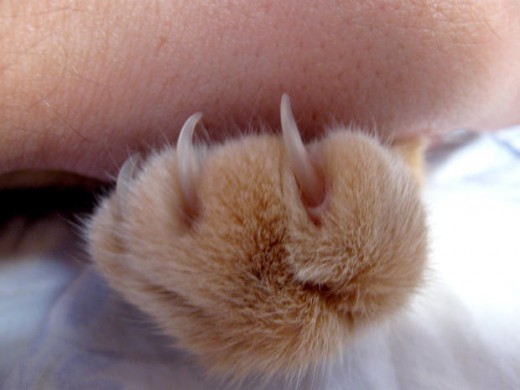
Short-Term Complications Associated with Declawing
Most declawing procedures require that the cat stay at the veterinarian's for two days because it is such a major surgery. The veterinarian fills the wound with surgical glue and then bandages the feet. The next day, the bandages are removed. When the cat goes home, he will have trouble walking for several days to several weeks as he tries to adjust to walking without the tips of his toes. It's likely that you may see blood spotting from the toes for the first few days. You'll have to use shredded paper or newspaper litter for up to 10 days after the declawing as other types of litter can cause infections. Your cat will be a lot of pain for several days and you may have to give your cat medication to control it. There may be a change in your cat's posture in the way he holds his feet. Your cat may suffer from infections if his feet aren't kept clean. If the entire third bone isn't removed, there is the possibility of either nail regrowth or an infection.

Declawing Cats
Are Your Cats Declawed?
Behavioral Problems and Declawing
Studies are inconclusive that declawing causes behavioral problems. However, most trainers and humane organizations cite anecdotal evidence where cats refuse to use the litter box or increased biting due to their declawing. Because cats often associate pain with their environment, cats often associate the litter box with the pain from declawing. What's more, cats cannot defend themselves while outside. So you must make any declawed cat you have an indoor-only cat.
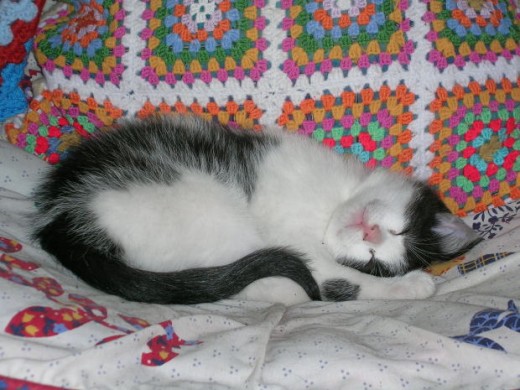
Benefits to Declawing
Obviously, one of the benefits is that your cat is unable to scratch furniture. He will still go through the scratching motions, but he will not be able to tear the furniture. If someone within your house is immune compromised, there's less chance of injury due to scratches. However, most infectious disease specialists don't recommend declawing because those with immunodeficiencies and bleeding disorders run a greater risk from cat litter, fleas, and bites. Most trainers, cat behaviorists, and veterinarians discourage declawing because there are many more humane solutions available to keeping a cat from destroying the furniture.
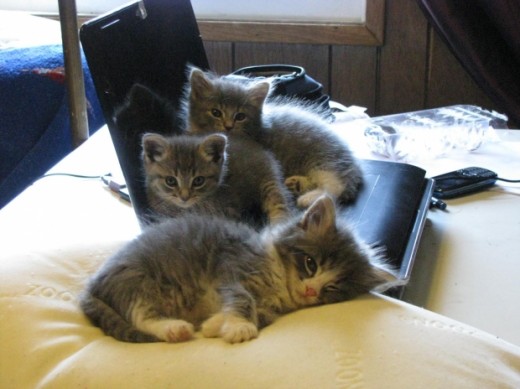
References
- WebMD:Declawing Cats: Positives, Negatives, and Alternatives
[ http://pets.webmd.com/cats/guide/declawing-cats-positives-negatives-alternatives ] - The Humane Society of the United States: Declawing Cats: Far Worse Than a Manicure
[ http://www.humanesociety.org/animals/cats/tips/declawing.html ] - Partnership for Animal Welfare: The Facts About Declawing and the Alternatives
[ http://www.paw-rescue.org/declaw_paper.php ] - Marvistavet.com: Declawing and its Alternatives
[ http://www.marvistavet.com/html/body_declawing_and_its_alternatives.html ]
Alternatives to Declawing
There are many good alternatives to prevent your cat from clawing your furniture. The first is to trim your cat's nails. You can have your veterinarian make sure you know how to properly trim them. You can then apply a nail cover such a Soft Paws that will prevent your cat from digging his nails into things. You can also train your cat to scratch appropriate items such as cat scratchers. You can deter your cat scratching your couch or other furniture by using two-sided tape made for preventing cat scratching, such as Sticky Paws. By placing a cat scratcher next to the item do not want scratched, you can deter your cat from scratching an undesirable item and encourage him to accept substitute.
